Educate. Empower. Heal.

Take time this month to learn about the signs and symptoms of PTSD. Even if you are not suffering from it, chances are your friends or loved ones will experience it at some point in their lives. Knowledge of PTSD means that you can effectively help yourself or others in the future.
In order to develop PTSD, or Posttraumatic Stress Disorder, you must have experienced a traumatic event. Most people respond to a trauma by having difficulty sleeping, repeatedly thinking about it, feeling on guard or jumpy, and noticing that the experience changed the way they think about things. However, if a few months after the trauma, these symptoms do not fade away you may be experiencing a problem in recovery that we now know to be PTSD.
Trauma can happen to any of us at any time. It’s not exclusive to one group, such as men or soldiers in combat. Trauma can also be long-term and emotional rather than just physical. We can also experience multiple forms of trauma. For example. We may experience childhood neglect or emotional abuse, but also experience a car accident.
The fact that you experience a trauma does not necessarily mean that you will develop PTSD. There are some personal variables that affect the development of PTSD, such as age (older folks tend to be less likely), gender (males are less likely), trauma history (multiple traumas may increase PTSD likelihood). Environmental variables such as stress or social support may increase or decrease PTSD likelihood respectively. The nature of the traumatic event also plays a role in likelihood of PTSD development. Combat, sexual assault, and traumas that involve personal injury are all more likely to result in PTSD symptomatology.
PTSD symptoms fall into four main categories:
- Intrusive Thoughts about the event. This includes nightmares, thinking about the event when you don’t want to, having memories or images come into your consciousness unbidden, or experiencing flashbacks.
- Avoidance of trauma-related content. This entails avoiding thinking about the event or avoiding being around trauma-related content.
- Negative Changes in Cognition and Mood. This includes overly negative shifts in the way you think about yourself, others, and the world; usually related to emotions of anger, fear, guilt, sadness, self-blame, shame, numbness, or feeling detached from others.
- Hyperarousal. This can involve irritability or angry outbursts, feeling jumpy or easily startled, difficulty sleeping, difficulty concentrating, and self-destructive or reckless behavior.
One of the most important things to know is that these are normal reactions to abnormal events. Your body is using its alarm system. Alarm systems go off when there’s a perceived threat. That’s what they’re supposed to do. The problem is that sometimes when an event is difficult for us to process because it’s so scary or so far outside the realm of what we thought was possible, our alarm systems get stuck in “high alert” mode.
When this happens, everything feels scary and overwhelming. Everything feels like a threat. We don’t want to go anywhere. Our relationships suffer. Our jobs suffer. Our self-esteem suffers. We get stuck.
What are we to do?
Well, if you think you are experiencing any of the above symptoms, don’t lose hope. In fact, grab hold of that big fluffy thing with wings called H O P E because there’s a lot of it here. There is effective treatment for PTSD and trauma survivors. It’s evidence-based, which means that there is a lot of research to back up claims that say it’s very effective and timely, which it is. The American Psychological Association has issued guidelines for the treatment of PTSD and has recommended that based on the current evidence of what we know to be effective, clients select cognitive behavioral therapy (CBT). There are two types of CBT that are “gold standard” treatments that are “strongly recommended” by the APA in their treatment guidelines. They are: Cognitive Processing Therapy (CPT) and Prolonged Exposure Therapy (PE). Both offer effective treatment of PTSD within a 12-15 week time frame. You can read more about the treatment options for PTSD and the APA’s guidelines for treatment here.
If you’ve experienced a trauma and you’re ready to take the next step on your journey of recovery. Contact us today. We are trained in cutting-edge cognitive behavioral therapy that we will tailor to your needs. We understand how overwhelming it can be to contemplate starting treatment for PTSD. We are here for you every step of the way. Recovery is possible. With help and a good plan the path with become clearer and more navigable. You can get there.




